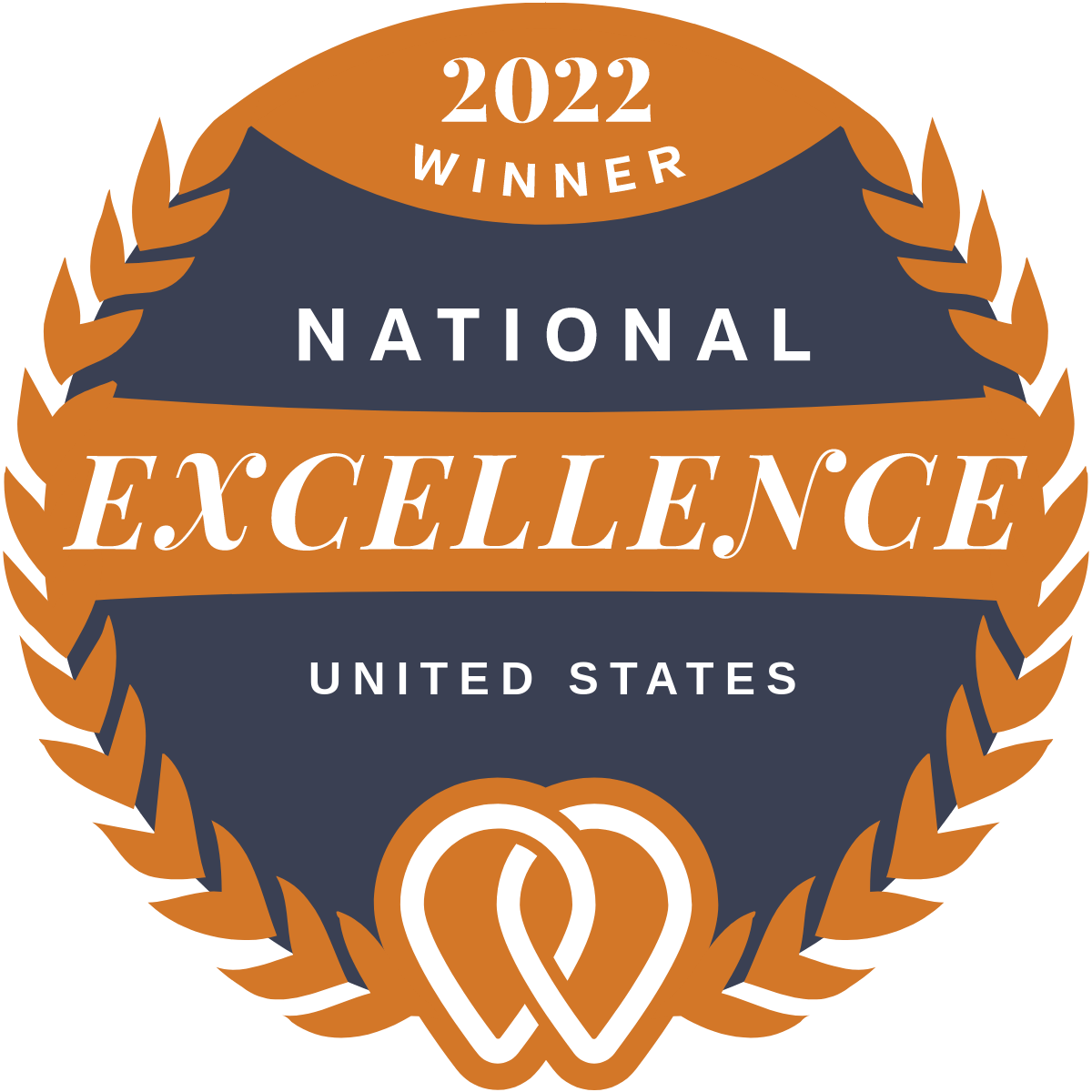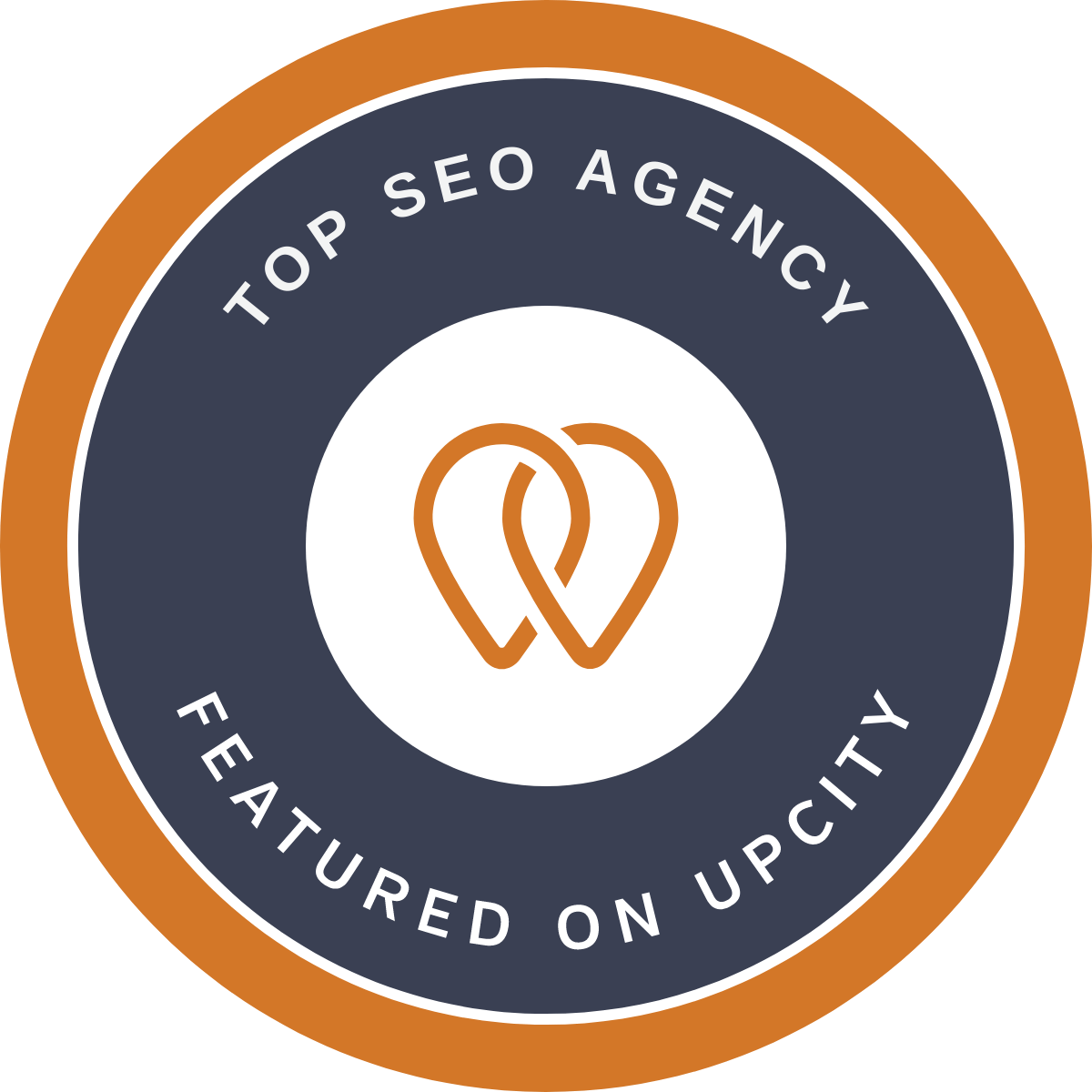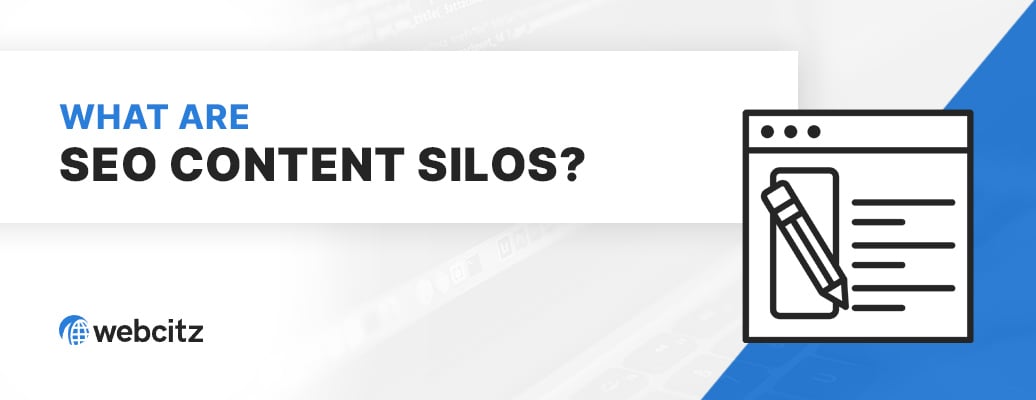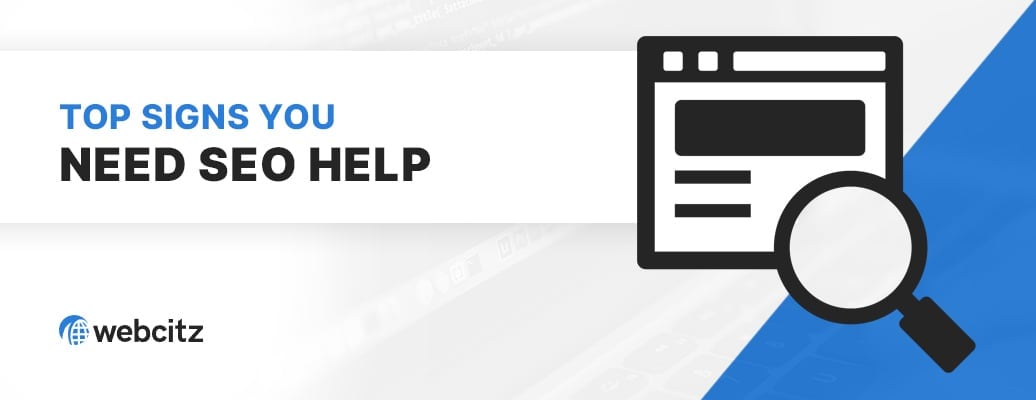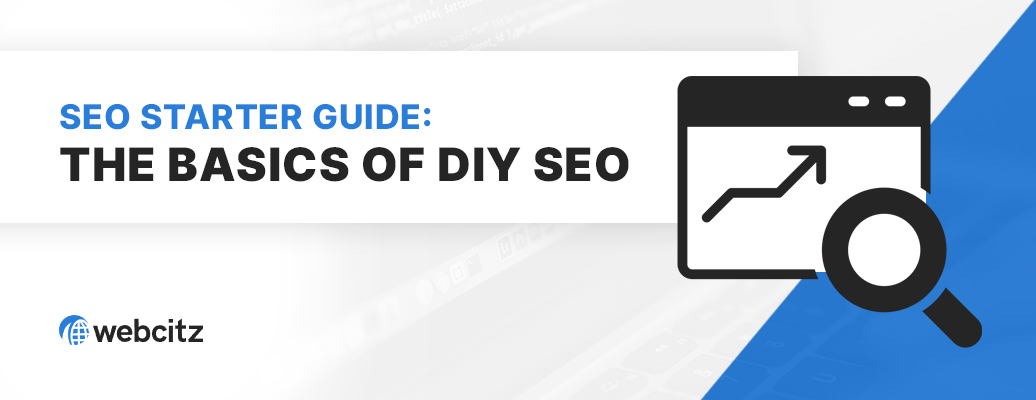Our WordPress SEO Strategies & Services
Here are some of our recommendations for WordPress search engine optimization services.
You should find it possible to apply these strategies to any WordPress site, though some of them are easier to perform during a WordPress website development or redesign project.
1.) Choose a Good WordPress Hosting Company
A quality web hosting service is a must if you’re serious about WordPress SEO. Your choice in web hosting has a direct impact on your website’s speed, uptime, and security which all factor into your WordPress SEO.
Our WordPress SEO company typically recommends our own web hosting services, or those of WPEngine, SiteGround, or Kinsta. For larger enterprise websites or web apps, a cloud hosting provider like Digital Ocean might be a good fit.
If you hire us for a WordPress SEO service, don’t be surprised if we recommend a web hosting change. We don’t require you host with our company, but we do strongly suggest you host with a good provider. Check out this article on our favorite WordPress hosts to learn more.
2.) Find a Fast WordPress Theme
Picking a fast, lightweight theme for your WordPress install is crucial for your SEO. A theme with lots of design features and content layouts might look great in a live demo and convince you to buy it. Unfortunately, you’ll likely never use most of those features and they can slow your website down.
If you’ve already built your WordPress site on a slow, bloated theme then there isn’t much you can do. Hiring a WordPress developer to optimize the theme by removing unnecessary or poorly-written HTML, CSS, JS, or plugins won’t be cheap. It might even make it difficult to update the theme or perform website maintenance on in the future. The simplest solution is often a redesign using a faster, cleaner WordPress theme.
Some of our favorite lightweight themes include Hello, Astra, OceanWP, GeneratePress, and Kadence.
A Few of Our WordPress SEO Experts






3.) Ensure Your Website is Fully Responsive
Having a responsive website is incredibly important for your WordPress SEO. What we mean by “responsive” is that your entire website adapts to whatever screen size or orientation it’s being viewed on: desktops, laptops, tablets, and phones.
If your website doesn’t look good or function properly on mobile, you will see your bounce rates increase on those device types. This not only impacts conversions, it also affects SEO since Google uses mobile-first indexing.
If you engage our WordPress SEO firm to optimize your site, we’ll likely spend time reviewing your website on multiple device types. Here are some of the design areas we check within our WordPress SEO services:
- Header: Does the header hide important CTAs, like phone numbers and email addresses on mobile devices?
- Navigation: Does the menu open nicely in mobile devices, without any glitches?
- Footer: Does the footer look professional, without reCaptcha, live chat, and other badges hiding important links or content?
- Video Embeds: Are there any videos embedded in the content, and do they resize to prevent horizontal scrolling?
- Images: Are the images used with the content resized, and is the text in those images readable?
- HTML Tables: Are there any data tables in the interior pages that aren’t scrollable or readable?
4.) Install a WordPress SEO Plugin
When it comes to on-page SEO in WordPress, installing an SEO plugin can be a game-changer. They’re designed to help you manage a lot of basic WordPress SEO tasks that can be quite tedious.
Two of the most popular plugins you might consider are Yoast SEO and AIO SEO.
Yoast SEO is an excellent tool that assists with most on-page SEO tasks. It’s great for optimizing your pages and posts with meta titles, descriptions, and target keywords. It also gives you a readability score for your content and provides suggestions to improve it. Not only that, but it can generate XML sitemaps, Open Graph tags, and other helpful features.
On the other hand, AIO SEO is another fantastic plugin that packs a lot of the same features as Yoast. It’s particularly praised for its user-friendly interface, making it a great choice for beginners. Like Yoast, it can help you set up meta tags, generate sitemaps, and optimize your social media shares.
The choice between the two generally comes down to personal preference. Our WordPress SEO experts recommend and install Yoast SEO on the sites we optimize. If you are doing on-page SEO yourself, maybe consider trying both plugins and keeping the one you like best. Just be aware it isn’t easy to migrate data from one plugin to another if you later decide to switch.
5.) Perform Keyword Research
Keyword research is the cornerstone of your content writing SEO efforts. It’s about figuring out what terms or phrases your target audience is typing into search engines when they’re looking for the products, services, or content you offer on your WordPress website.
When you know which keywords are most relevant and valuable you can build a content plan. Just remember, quality beats quantity just about every time. It’s often better to have a few pieces of truly outstanding content than lots of mediocre content hastily put together with ChatGPT.
Keyword research also helps you understand the competition in your target market for various search phrases. This is valuable information to have when prioritizing content writing, backlinks, and other WordPress SEO efforts.
We like to use Ahrefs for keyword research, but another common tool is Semrush.
6.) Plan Your Content Structure / SEO Content Silos
There is a lot of debate online about the effectiveness of this strategy, but we’ve found building content silos to be a great tactic to boost a WordPress site in search engines. For this reason, we almost always include it in our best WordPress SEO services.
Basically, a content silo is a method of grouping related content together on your site to establish clear topical relevance. It’s a way to organize your site into distinct sections, each focused on a specific topic.
For an example, here is how a fitness company might create SEO content silos within WordPress:
- Workouts: In this WordPress SEO silo, you could have subcategories for different types of workouts such as ‘Strength Training’, ‘Cardio Workouts’, ‘Yoga’, ‘High Intensity Interval Training (HIIT)’, ‘Flexibility and Balance Exercises’, etc. Each subcategory could then contain specific workout routines or guides as individual pages or posts.
- Nutrition: In WordPress SEO silo, your subcategories might include ‘Meal Plans’, ‘Supplements’, ‘Recipes’, ‘Nutritional Advice for Different Fitness Goals’ (like weight loss, muscle building, endurance training, etc.). Each of these subcategories would have individual pages or posts about specific meal plans, supplement reviews, recipes, or nutritional tips.
- Fitness Equipment: In this WordPress SEO silo, subcategories could be ‘Home Gym Equipment’, ‘Outdoor Workout Gear’, ‘Yoga Accessories’, ‘Tech and Fitness Gadgets’, etc. Each subcategory would have individual pages or posts reviewing or providing information about specific fitness equipment or gadgets.
This type of organization can help search engines (and visitors) better understand your site’s structure and the topics you cover. When you have a cluster of related content linked together, it reinforces to Google the relevance of those pages and their backlinks to the parent topic. This SEO tactic can improve your site’s authority and rankings.
7.) Add Images, Videos, & Multimedia
Including relevant images, videos, and other multimedia within your WordPress pages and posts will positively impact your WordPress page experience and SEO.
First off, relevant images or videos can make your content more engaging and digestible. People are visual creatures, so including useful visuals can help keep visitors on your page longer. This can send positive signals to Google about your site’s quality.
From an SEO viewpoint, it’s not enough to just add images. You need to make sure they’re optimized with descriptive file names and relevant alt text to help search engines understand what the image is about. It is also important to compress images to reduce file size to minimize page speed issues.
In a WordPress SEO campaign, we try to help improve content with relevant multimedia. While it is often easy enough to find photos and artwork on Shutterstock and other similar sites, those visuals often too generic. When picking out visuals on your own, try to make sure to mix photos, illustrations, videos, and interactive multimedia into your page. Don’t just put a handful of stock images into your WordPress pages.
8.) Install a Caching Plugin
WordPress optimization plugins like WP Rocket and W3 Total Cache help improve your website’s page speed and SEO.
When a visitor comes to your WordPress site, your hosting service runs the PHP code of your plugins and themes, then pulls data from your database, then sends the output to the visitor’s browser. These processes take time to complete, which leads to slower page loads and scaling issues as traffic increases.
This is where caching plugins come in. What they do is create static copies of previously rendered web pages to serve to the next visitor. This static, cached version requires far fewer server resources to deliver compared to generating it all from scratch.
For WordPress SEO clients hosted on our web servers, we recommend installing and configuring LiteSpeed Cache. This is a free plugin that works directly with our LiteSpeed web servers to provide server-level caching and optimizations, which we’ve found works better than other plugins.
Hear what our customers are saying
9.) Consider Implementing a CDN
Another option for speeding up your WordPress site, and helping its SEO, is to use a Content Delivery Network (CDN).
When a user visits your site, a CDN can deliver most of page content (image, CSS, and JS files) from a server that’s geographically closer to the visitor. Let’s assume your web hosting is in Tampa, FL and a user from London visits your website. Instead of the user waiting for content all the way from Tampa, a CDN can deliver a cached copy from a nearby server location in Europe.
This drastically reduces the distance your website data needs to travel, leading to faster page load times and better search placements.
Don’t be concerned about managing servers all over the world. In most cases, you simply route your DNS to a CDN and they do all the work for you. This makes adding a CDN within your WordPress SEO services a simple task.
Our WordPress SEO professionals often recommend Cloudflare for our SEO clients, since it is easy to configure and comes with other speed and security options. However, other popular options include Amazon CloudFront and Sucuri.
10.) Install a Security Plugin
Search engines, like Google and Bing, prioritize safe browsing experiences for their users. The impact of bad security to your WordPress SEO is that a compromised site can be removed from search results.
To help keep your website secure, you should ensure it uses HTTPS encryption, has the latest WordPress updates installed, and uses some kind of firewall and malware detection plugin.
Free security plugins like WordFence and iThemes Security are designed to help protect your WordPress site and visitors from threats like hacking and malware. These plugins come with features like brute force protection, two-factor authentication, malware scanning, database improvements, file change detection, blacklist controls, and other tools.
11.) Ensure Website Accessibility
Web accessibility refers to making your website usable by all people, regardless of their abilities or disabilities. It’s an essential part of inclusive web design and has a significant impact on the SEO of your WordPress site.
For instance, accessibility and SEO often overlap. Many of the practices that make a WordPress website more accessible to people with disabilities also make it more understandable to search engines. Using clear headings, easy-to-read fonts, intuitive navigation menus, and meaningful image alt text are some examples that improve both accessibility and SEO.
Additionally, a more accessible website is likely to engage a wider audience, including people with disabilities, and keep them on the site longer. This can decrease bounce rates and increase the time spent on the site, which are metrics search engines use when ranking websites.
Beyond the technical improvements a web developer can implement for you, subscribing to a service like accessiBe can be a great next step in supporting a broader audience.
12.) Build High Quality Backlinks
Backlinks, in case you’re not familiar, are links from other websites that point to your site. Think of them as a vote of confidence – they’re basically saying, “this website thinks your website has good information.”
Google uses backlinks as a key indicator of your website’s quality and relevance. The more high-quality backlinks you have, the more likely Google or Bing will see your WordPress site as valuable and worthy of organic traffic.
Backlinks can also drive direct traffic to your site. When a user is reading a blog post or article and they see a link to your site, they might click on it to learn more. This can bring new visitors to your site, and if they like what they see, they might stick around, check out your other content, or even make a purchase.
To learn more about backlink building strategies for your website, check out this detailed guide our WordPress SEO consultants wrote! WordPress SEO services just aren’t complete without building quality backlinks.
13.) Setup Automated Website Audits
A WordPress SEO audit is essentially a health check of your website. These audits examine numerous SEO factors like page speed, broken links, redirect loops, content quality, meta tags, backlinks, and more to identify potential issues that could be hurting your SEO.
By automating WordPress SEO scans, you can save yourself time and ensure nothing is overlooked. The faster you identify and fix WordPress SEO issues, the better. Search bots routinely crawl your website, and they don’t like stumbling upon errors.
A few popular WordPress SEO scanners include Screaming Frog, Ahrefs, and Semrush. You can also review issues within Google Search Console. The best strategy is to use a mix of tools, taking advantage of the unique strengths of each tool to get the data you need for optimizing your WordPress site.
14.) Use Google Search Console
Google Search Console, or GSC, is a free tool provided by Google that helps you understand and improve how Google sees your WordPress site. All WordPress SEO services should involve reviewing Google Search Console, and even Bing’s Webmaster Tools, from time to time.
Google’s search console provides a lot of valuable data and insights. It shows you which keywords your site is ranking for, which pages are getting the most traffic, and how well your site performs on mobile. It also notifies you if Google encounters any issues while crawling and indexing your site, like broken links or security issues.
Why is this important in a WordPress SEO service? It’s all about using data to make informed decisions. GSC can guide your WordPress SEO strategy by showing you what’s working and what isn’t. For example, if you notice one of your pages is ranking on the second page of Google for a high-traffic keyword, you might decide to optimize that page further to try and push it onto the first page.
WordPress SEO Cost Calculator
Answer a few questions to see estimated pricing, then call 800-796-8263 or send us an email to get started!
WordPress SEO FAQs
What is WordPress SEO?
WordPress SEO involves optimizing your WordPress website to enhance its visibility in search engines. While WordPress is inherently SEO-friendly, our services ensure that every aspect of your site – from its structure to its content – is fine-tuned for maximum search engine performance.
Why should a small business focus on WordPress SEO?
Most online experiences start with a search. For small businesses, being discoverable online can make a significant difference in attracting potential customers. Optimizing your WordPress site ensures you’re not missing out on this organic traffic.
How does WordPress SEO differ from general SEO?
The foundational principles of SEO remain the same. However, WordPress SEO is specifically tailored to the platform’s unique structure, utilizing its features, plugins, and themes to enhance your site’s search engine visibility.
Can’t I just use an SEO plugin like Yoast or All in One SEO?
While plugins like Yoast or All in One SEO are beneficial, they aren’t a one-size-fits-all solution. Our WordPress SEO services go beyond plugins to include content writing, silo structures, URL optimization, internal linking, external linking, schema setup, technical optimizations, and much more.
How long does it take to see results after optimizing my WordPress site?
SEO is a long-term strategy. While some changes might yield quick results, others, like building domain authority, can take time. Typically, noticeable improvements start appearing in 3-6 months, but this can vary based on competition and industry. We’ve had projects take over a year to finally break through ranking barriers and get on the first page.
Will changing my WordPress theme affect my SEO?
Yes, changing your theme can impact SEO. Themes vary in code quality and SEO capabilities. Our team can help ensure that if you’re switching themes, the transition retains or enhances your site’s SEO quality.
What are the key components of your WordPress SEO services?
Our service encompasses keyword research, on-page optimization, technical SEO (like site speed and mobile responsiveness), content strategy, and quality backlink building. Additionally, we recommend and configure the best SEO plugins tailored to your business needs.
Do you also handle local SEO for WordPress-based businesses?
Absolutely! If your small business caters to a local audience, we can optimize your WordPress site for local search, ensuring that you’re visible to potential customers in your vicinity.
How do you handle website speed optimization for WordPress?
Website speed is crucial for SEO and user experience. We employ various techniques, from optimizing images and leveraging browser caching to integrating content delivery networks (CDNs) and caching systems, ensuring your WordPress site loads swiftly.





